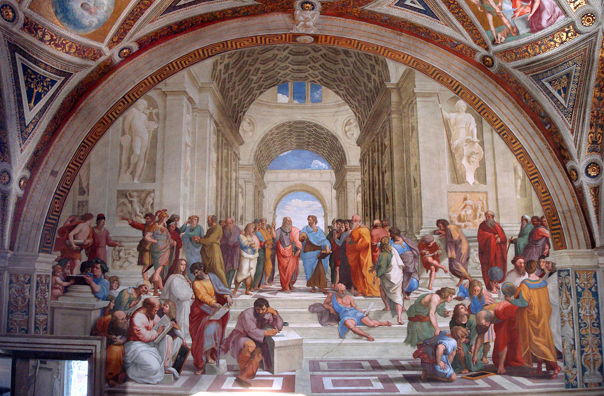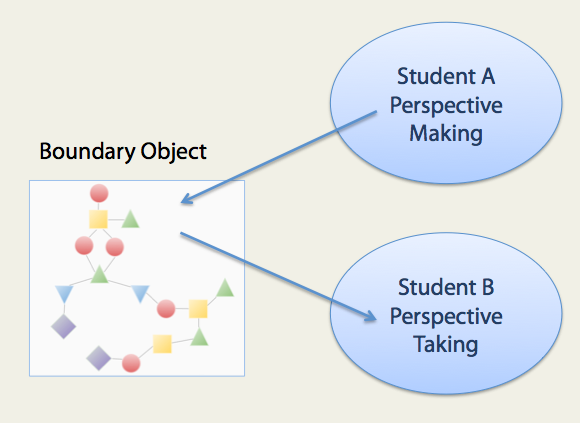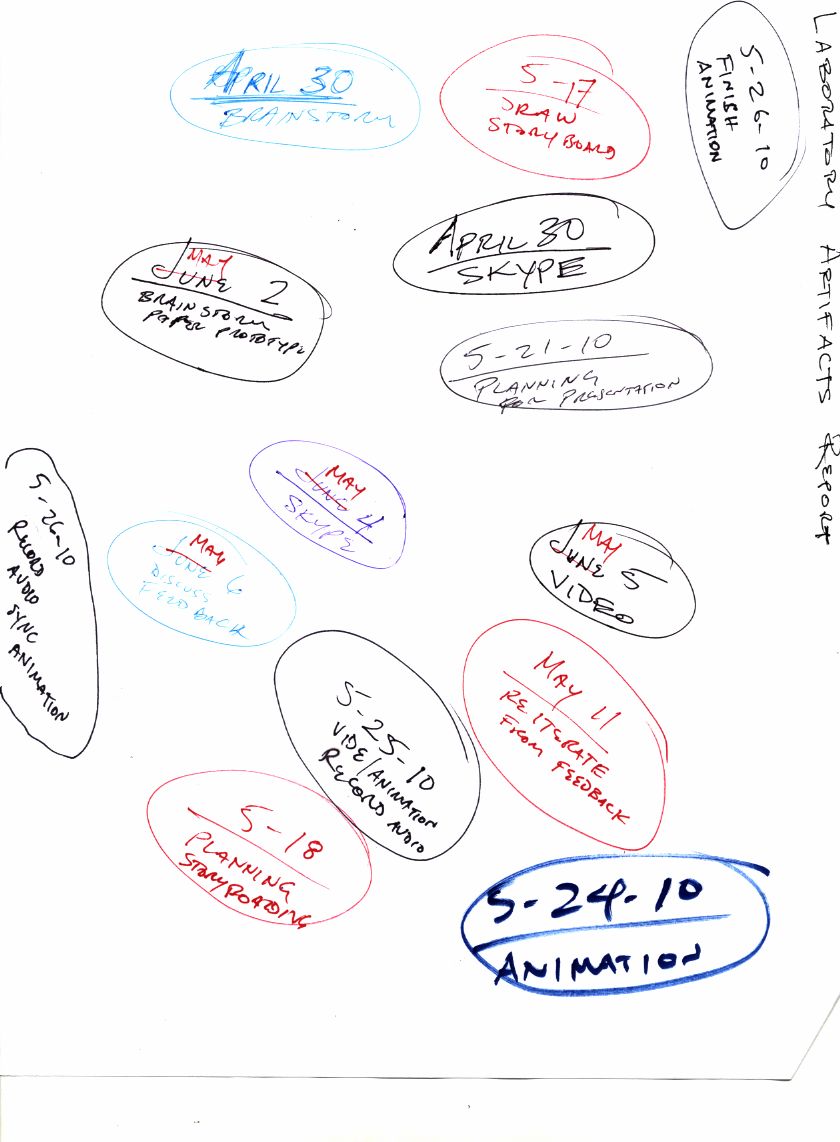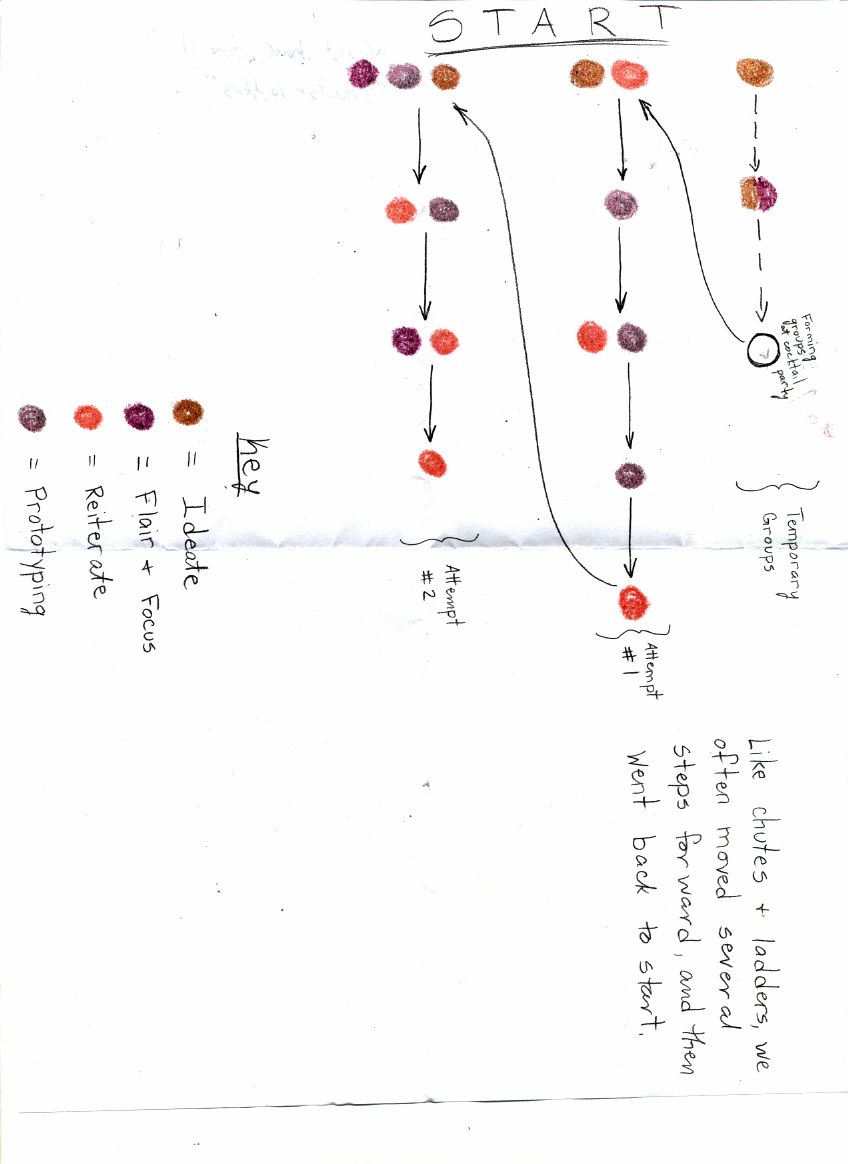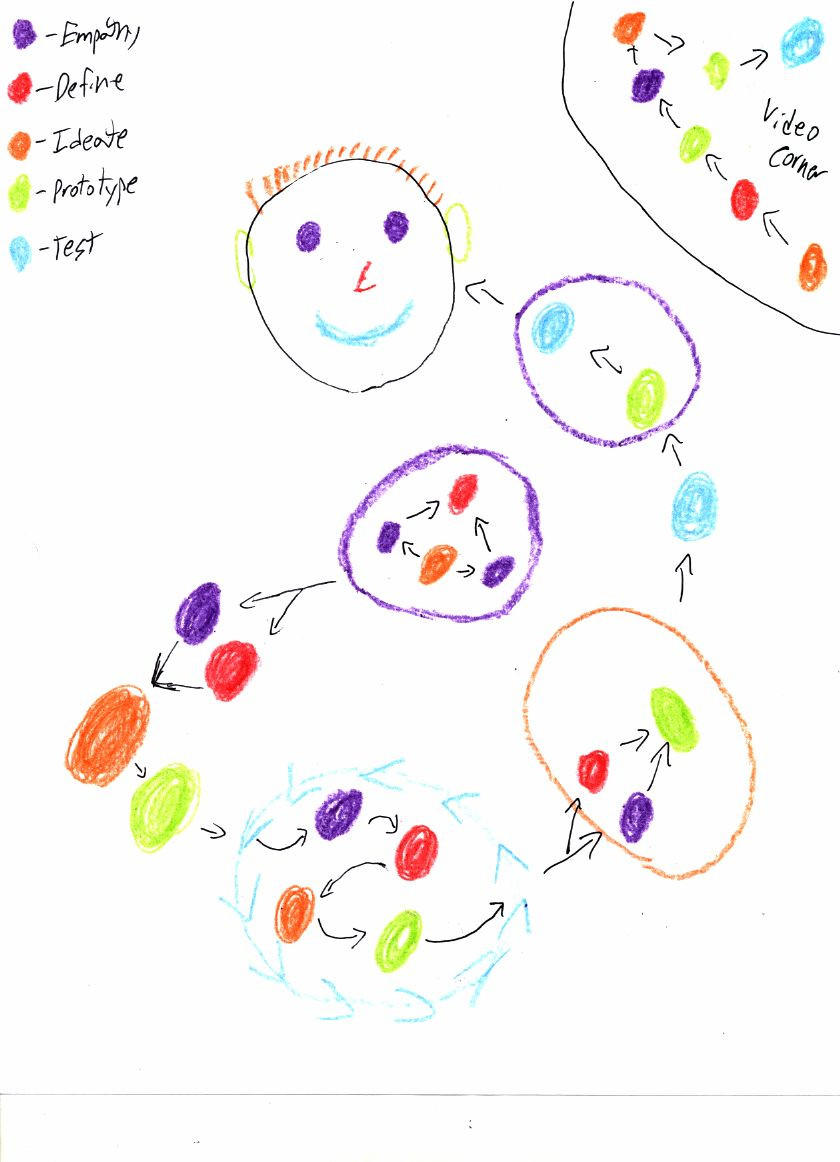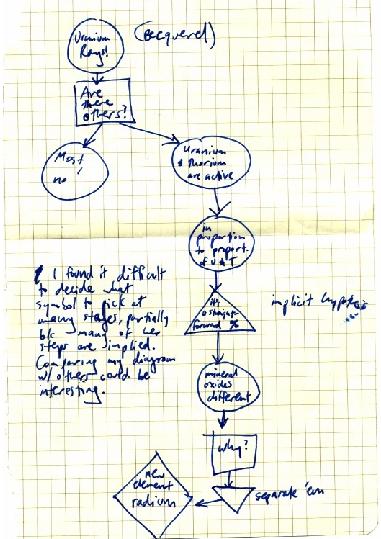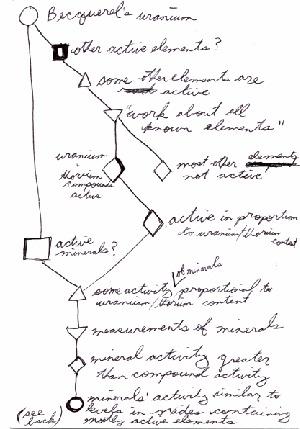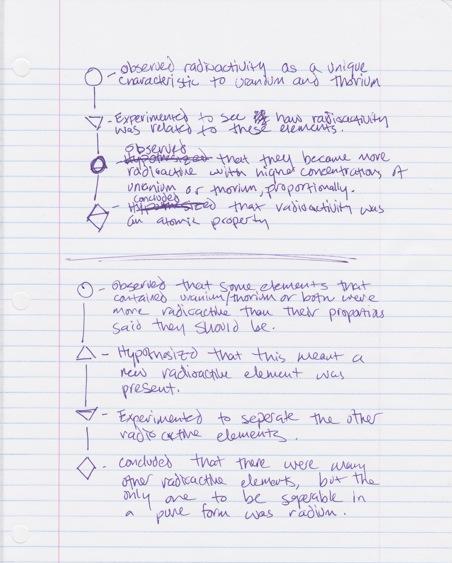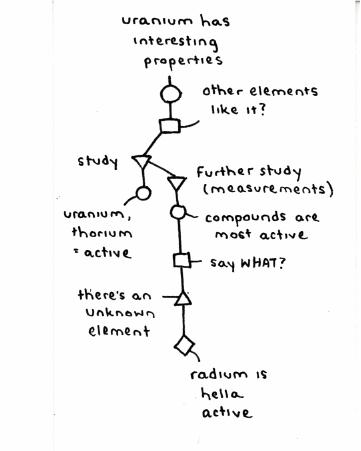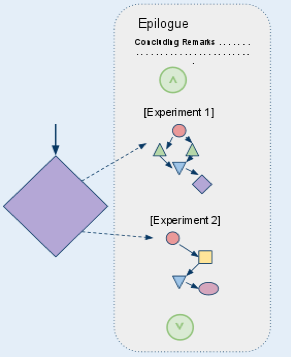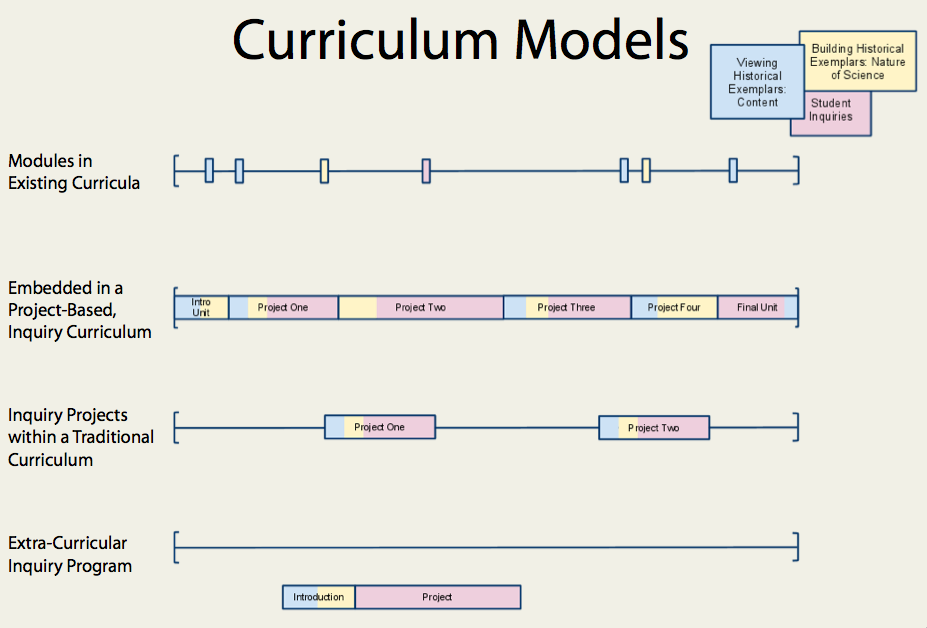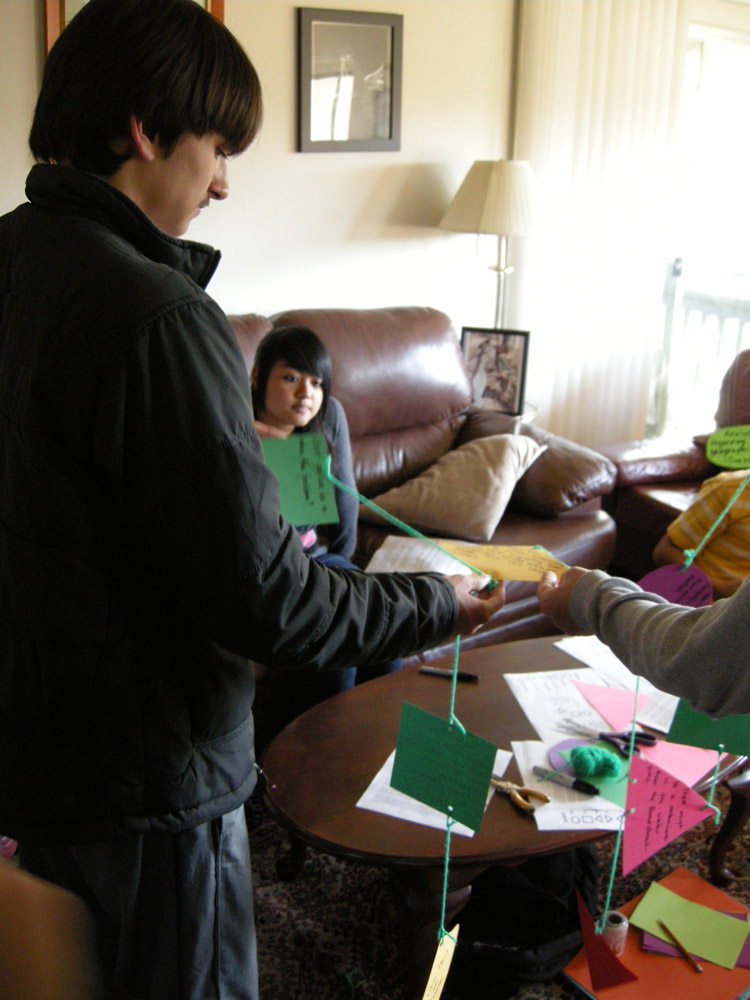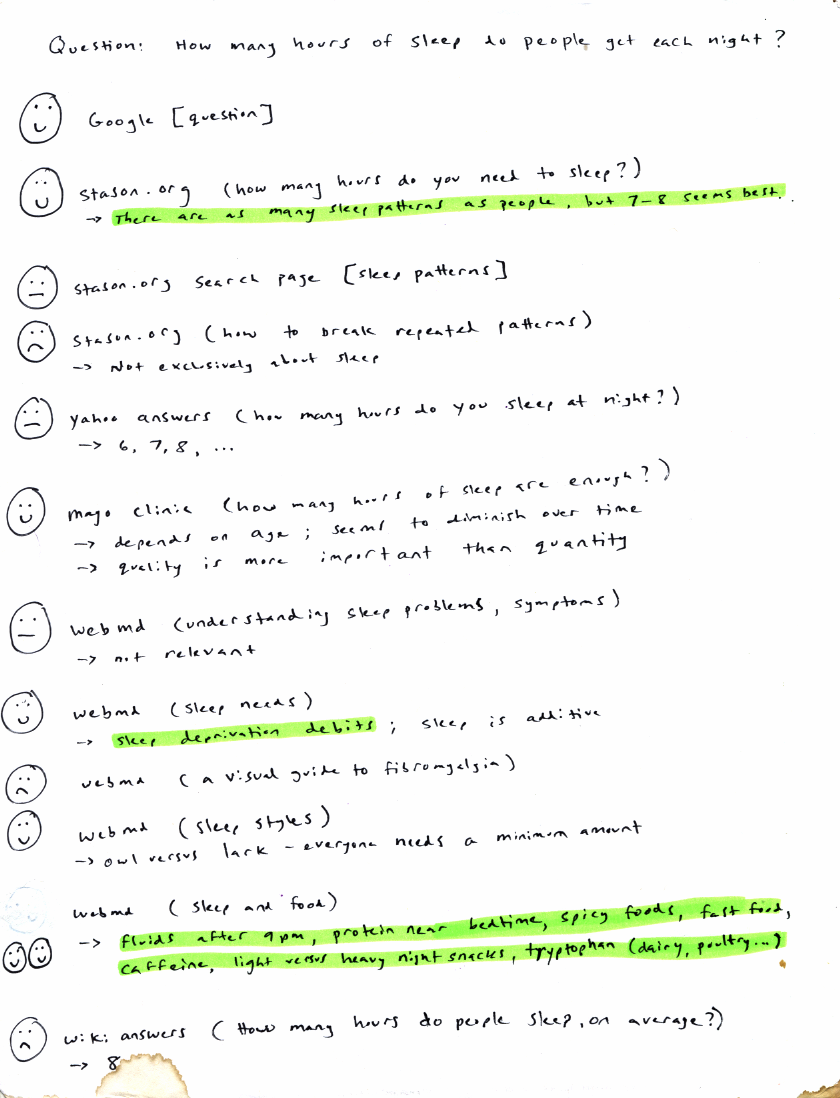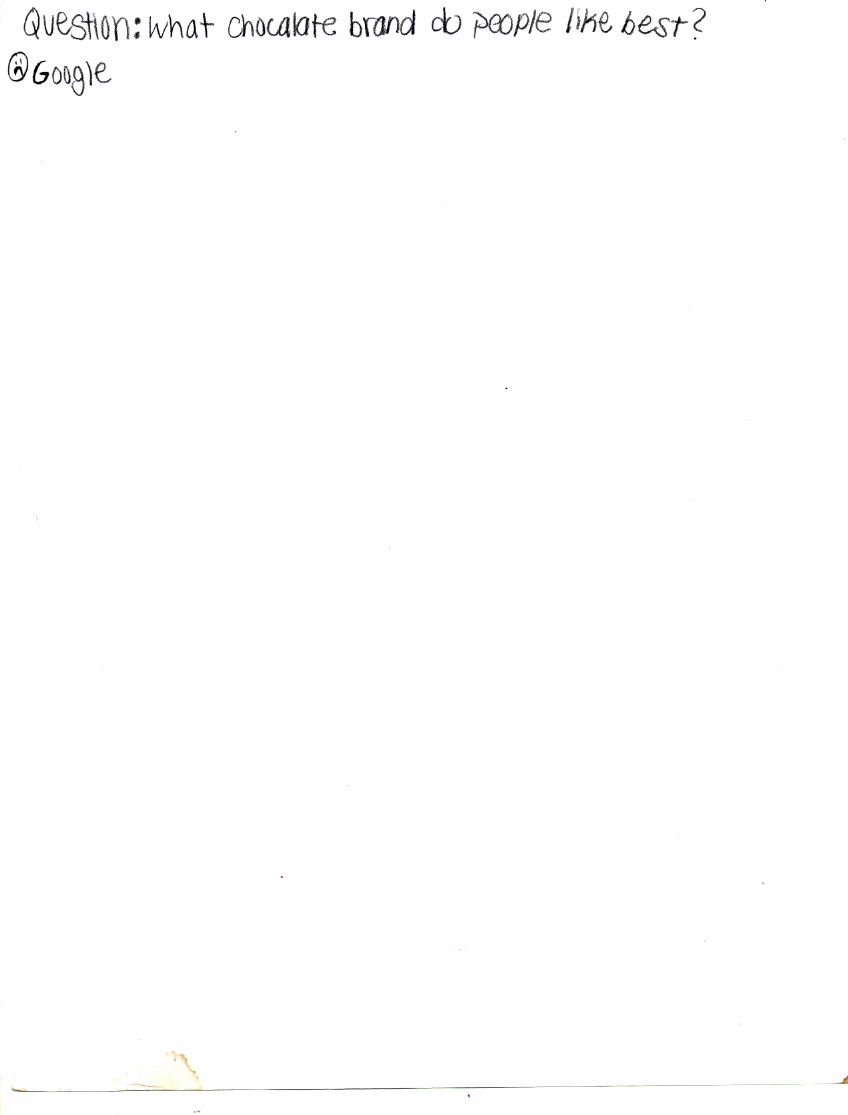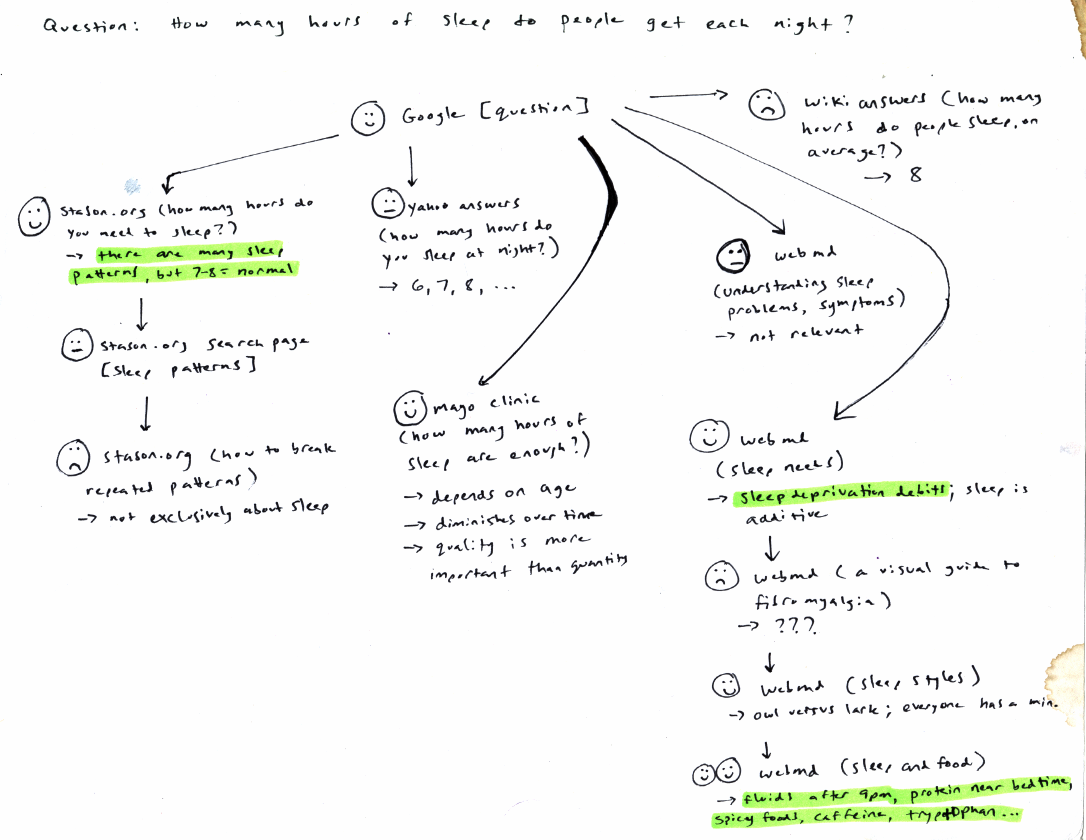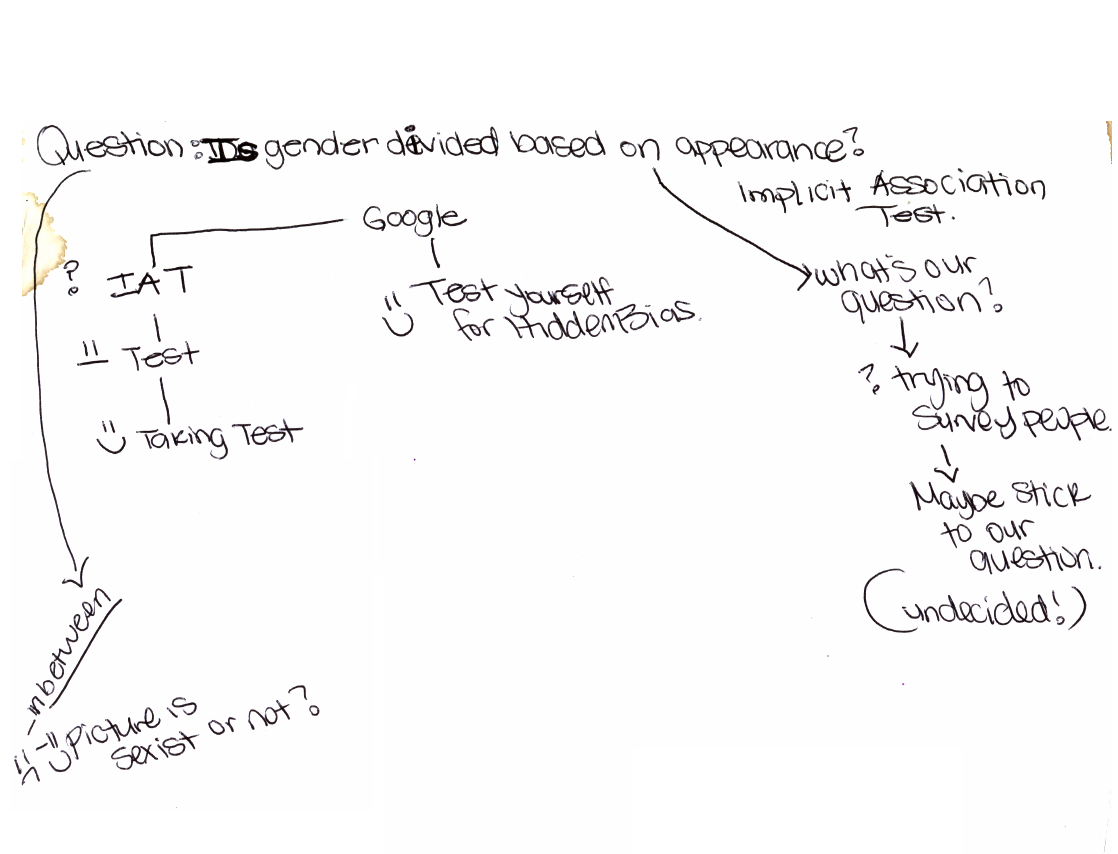Is science primarily an empirical or a logical study? On the one hand, there have been scientists and philosophers who have argued that true knowledge about the nature of the universe comes to us a priori, from pure logic alone. Mathematics in particular has traditionally been an a priori study, and its application to science is an affirmation that the natural world follows logical laws. On the other hand, a great many scientists are empiricists, believing that nothing is true which is not observed. In this account, the role of logic is secondary to the role of observation and experimentation.
We might, therefore, characterize the Nature of Science on a pair of axes, ranging from objectivism to social constructionism in one direction, and empiricism to a priori logic in the other. While this is only one of any number of pairs we might select, it seems a natural one in that it is concerned, in the x direction, with scientific knowledge and in the y direction with scientific process. That a great many reasonable and respected luminaries across the history of science disagree about both the extent to which scientific knowledge is objective or socially constructed, and the extent to which scientific investigation is empirical or logical goes to show that the debate is a rich one.
Just as we might have a debate around whether these axes are appropriate, or which direction to prefer, we might also debate about where any particular scientist belongs, which is exactly the point. Even those who believe that science is about attaining certain knowledge recognize that there is no certain agreement that such is the purpose of science. Why, then, would we simply inculcate students in a particular viewpoint, shutting off access to such a vibrant debate? After all, this is but a small part of the ongoing dialogue around the Nature of Science.
The Nature of Science in Secondary Education
"What is their understanding of 'the scientific method'? Indeed, what should it be? Francis Bacon's or Karl Popper's? Dare we share with students the insights of Peter Medawar that scientists as human beings do what everyday people do?" (Brown, 1994, p. 11)
The term Nature of Science generally encompasses the epistemological, ontological, and sociocultural aspects of science. This includes the evolving corpus of knowledge produced by science, the formal-procedural and informal-social practices employed by practitioners of science, and the ways in which society both influences and reacts to scientific endeavors (Clough, n.d.). From this perspective, content, process, and context are inseparable, and must be understood together to be understood at all. Yet, as expressed in Brown’s pondering in her Advancement of Learning, within the science education community there is considerable disagreement regarding how science should be presented to students. Although researchers such as Collins and Osborne have suggested that defining a consensual understanding of the Nature of Science is critical to the development of comprehensive standards in secondary science education, others, such as Alters, have suggested that the only legitimate educational position is a pluralistic approach that acknowledges that no singular account of the Nature of Science exists (Collins et al, 2001).
Still, science education is dominated by content-oriented curricula purveying absolutist claims and, on occasion, descriptions or reenactments of experiments. Even the process of science itself is presented in a prescriptive manner, despite disagreement as to the exact steps of the scientific process, or in what ways they may be combined to form a legitimate progression toward discovery (Crowther et al, 2005). This often takes the form of a reduced, linear version of the traditional Baconian Method, consisting of the following steps:
- Observation
- Question
- Hypothesis
- Experiment
- Claim
Only after years of practice in this paradigm are students expected to fully engage legitimately in communities of scientific practice (Brown & Adler, 2008).
Brown, A. L. (1994). The advancement of learning. Educational Researcher, 23(8), 4-12.
Brown, J. S., & Adler, R. P. (2008, Jan-Feb). Minds on fire; open education, the long tail, and learning 2.0. Educause Review, 16 - 32.
Clough, M. P. (n.d.). Teaching the nature of science to secondary and post-secondary students: questions rather than tents. Retrieved from http://www.pantaneto.co.uk/issue25/clough.htm
Collins, S., Osborne, J., Ratcliffe, M., Millar, R., and Duschl, R. (2001). What ‘ideas-about-science’ should be taught in school science? A Delphi study of the expert community. Retrieved from http://eprints.soton.ac.uk/58275.
Crowther, D. T., Lederman, N. G., and Lederman, J. S. (2005). Understanding the True Meaning of Nature of Science. Retrieved from http://www3.nsta.org/main/news/stories/science_and_children.php?news_story_ID=51055
|
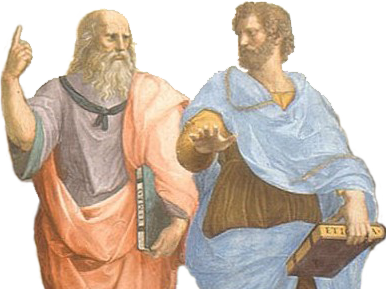
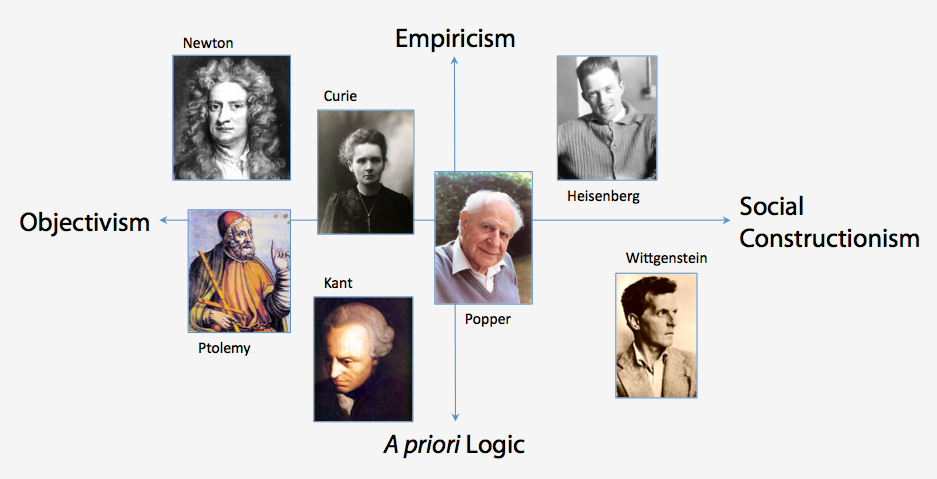


 From the main interface, students create, edit, and browse their own inquiry maps and those of others.
From the main interface, students create, edit, and browse their own inquiry maps and those of others. Prologues and epiloguesset the context for an inquiry map through descriptive texts and links to related studies.
Prologues and epiloguesset the context for an inquiry map through descriptive texts and links to related studies.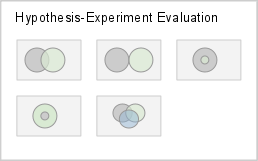 Students make claims about the Nature of Science by applying formal-analytic and sociocultural annotations to inquiry maps.
Students make claims about the Nature of Science by applying formal-analytic and sociocultural annotations to inquiry maps.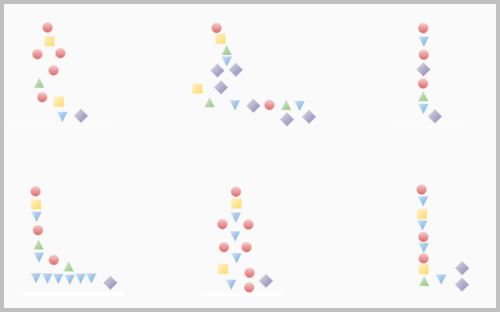 The search interface allows for rapid structural-level browsing of semantic-narrative maps related by content.
The search interface allows for rapid structural-level browsing of semantic-narrative maps related by content.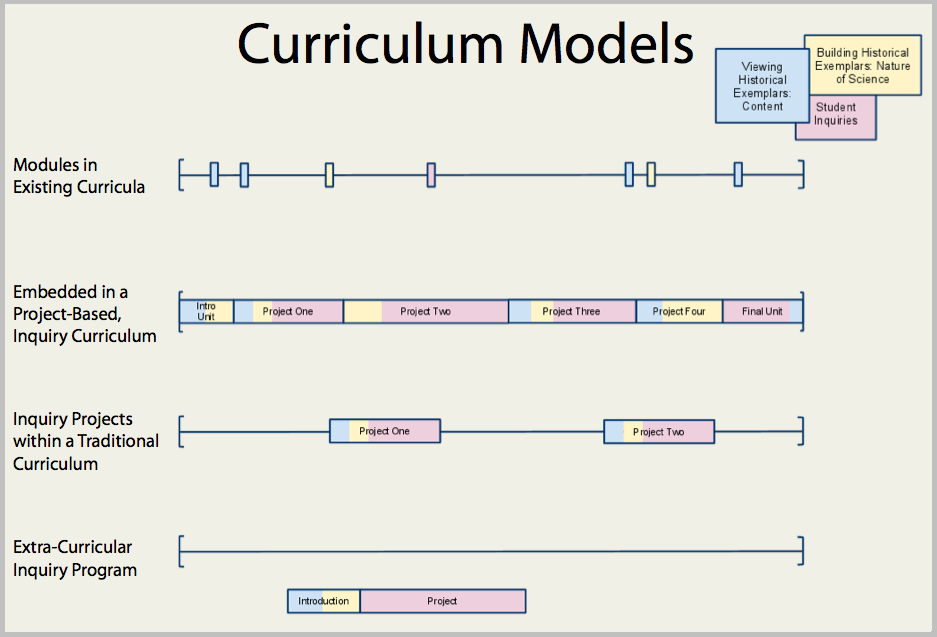 Given that meaningful dialogue is difficult to scaffold, we provide an encompassing curriculum for effective implementation. Each technology feature corresponds to a curricular component.
Given that meaningful dialogue is difficult to scaffold, we provide an encompassing curriculum for effective implementation. Each technology feature corresponds to a curricular component.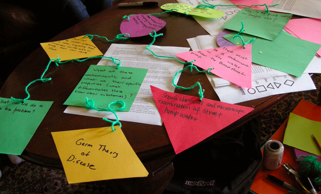 Employed a construction paper and string prototype to test whether our approach helps students to reunite process and content in science.
Employed a construction paper and string prototype to test whether our approach helps students to reunite process and content in science.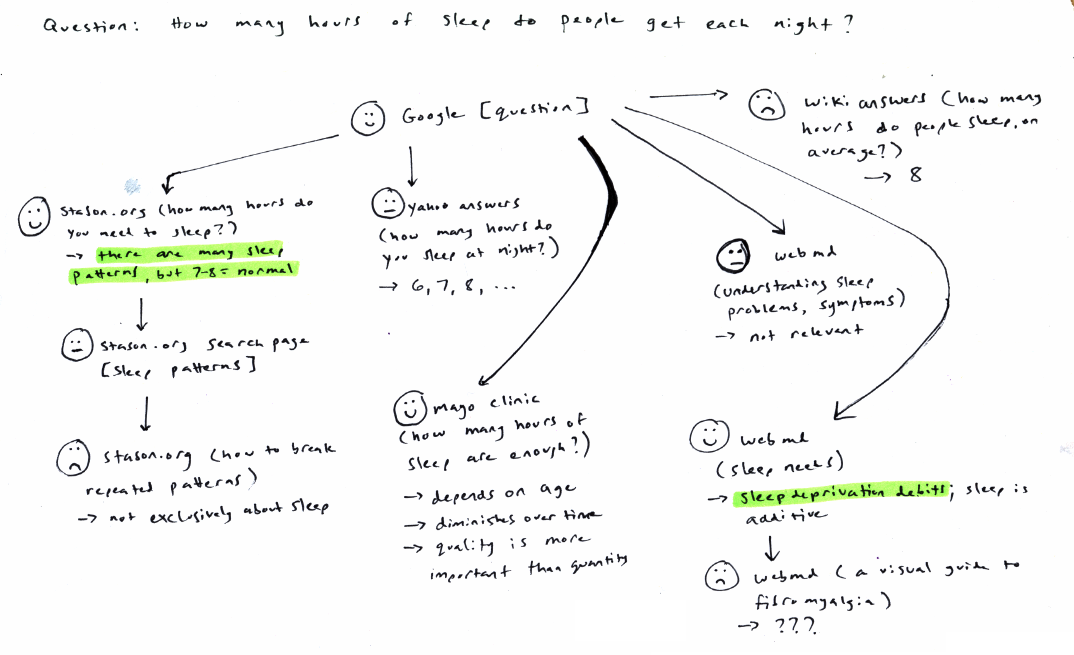 Assessed the effectiveness of semantic-narrative mapping in developing strategies and mental models while performing research.
Assessed the effectiveness of semantic-narrative mapping in developing strategies and mental models while performing research.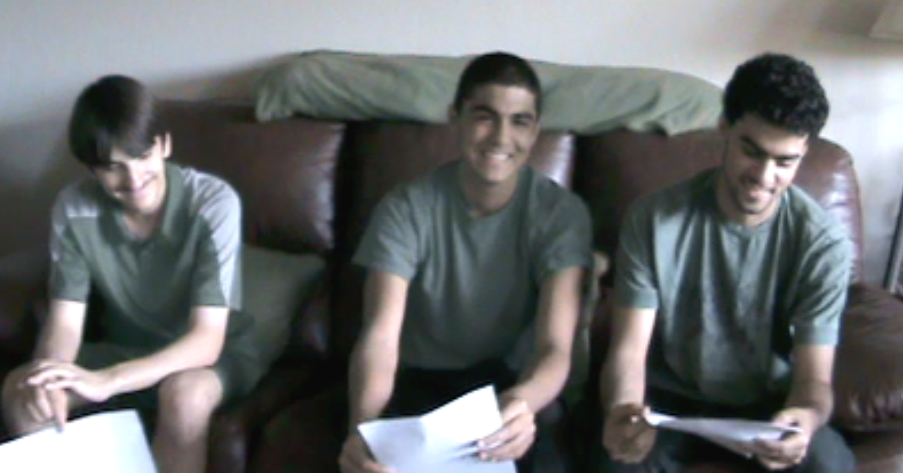 Explored the nature of science with a study group after mapping an historical artifact with a prototype of our technology solution.
Explored the nature of science with a study group after mapping an historical artifact with a prototype of our technology solution.